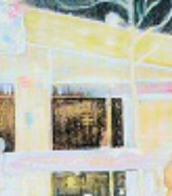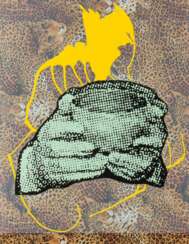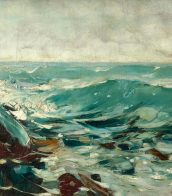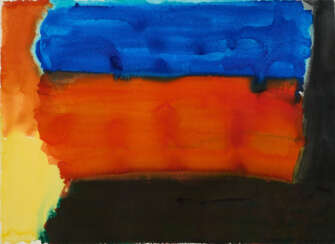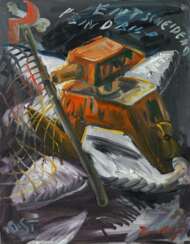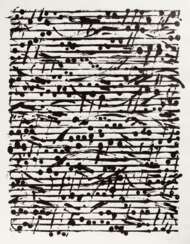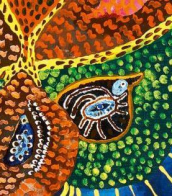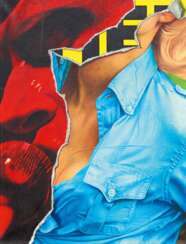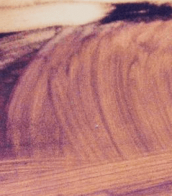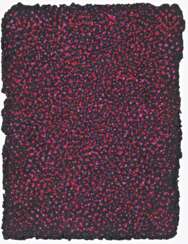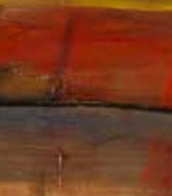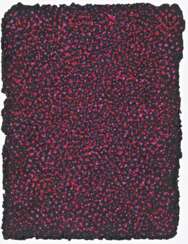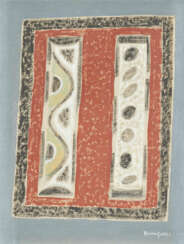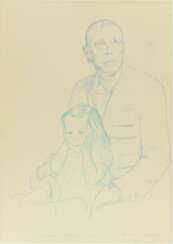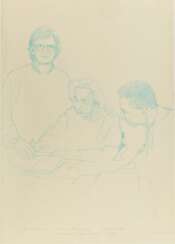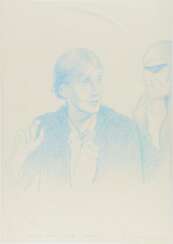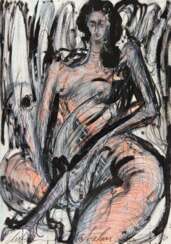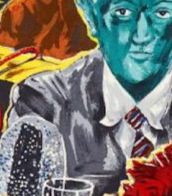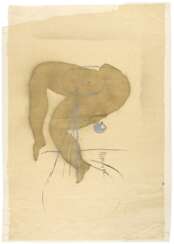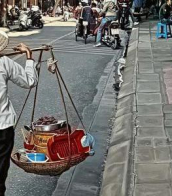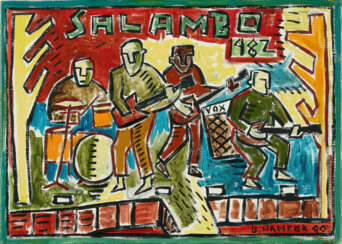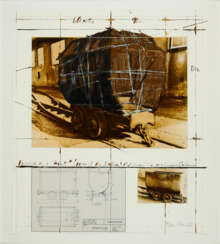rahmen (90 x 70cm)
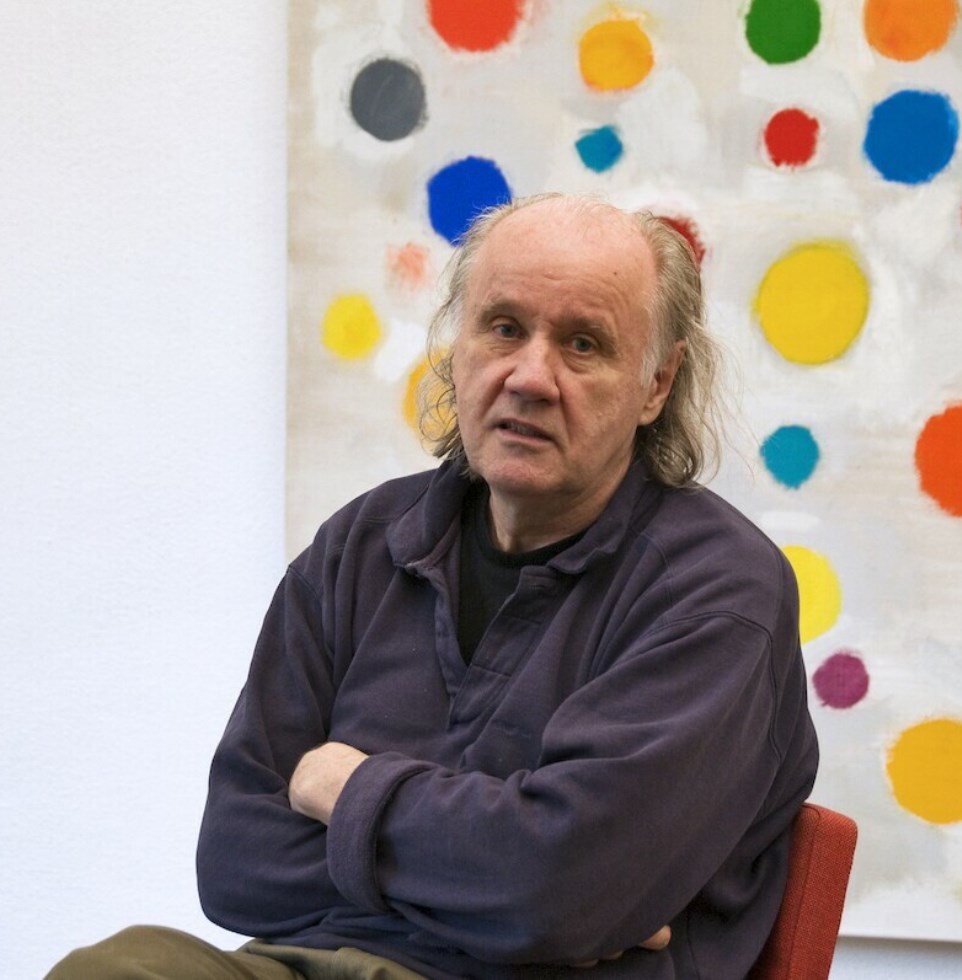
Jerry Zeniuk, a German and American artist of Ukrainian origin, is celebrated for his pioneering role in the realms of analytical, fundamental, and radical painting, movements that flourished primarily in the USA, Italy, and Germany during the 1970s. His art is distinguished by a meticulous focus on the essence of painting, exploring its potential and experiential spaces through a minimalist yet profound approach. Zeniuk's notable participation in documenta 6 in Kassel in 1977 underscored his significant contribution to these artistic trends, which has been recognized in numerous retrospectives.
Jerry Zeniuk's career includes an influential tenure as a professor at the Academy of Fine Arts in Munich from 1993 to 2011, further cementing his impact on the art world. His works, characterized by their subtle yet impactful exploration of color and form, have been included in the collections of prestigious institutions such as the Lenbachhaus in Munich, Neue Galerie in Kassel, Neues Museum Weserburg in Bremen, and internationally at the FRAC - Pays de la Loire in France and Kunstmuseum Winterthur in Switzerland, among others.
For collectors and art experts, Jerry Zeniuk's work represents a nuanced and intellectual approach to modern painting, offering depth and contemplation in each piece. His contributions have not only shaped the trajectory of contemporary art but also offer a timeless appeal to those who appreciate the layered complexities of visual expression.
Stay updated on Jerry Zeniuk's exhibitions and available works by signing up for newsletters tailored for art collectors and enthusiasts. This subscription ensures you remain informed about the latest sales and auction events featuring Zeniuk's work, providing unique opportunities to engage with the evolving landscape of contemporary art.
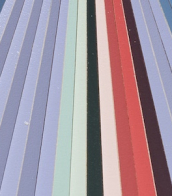
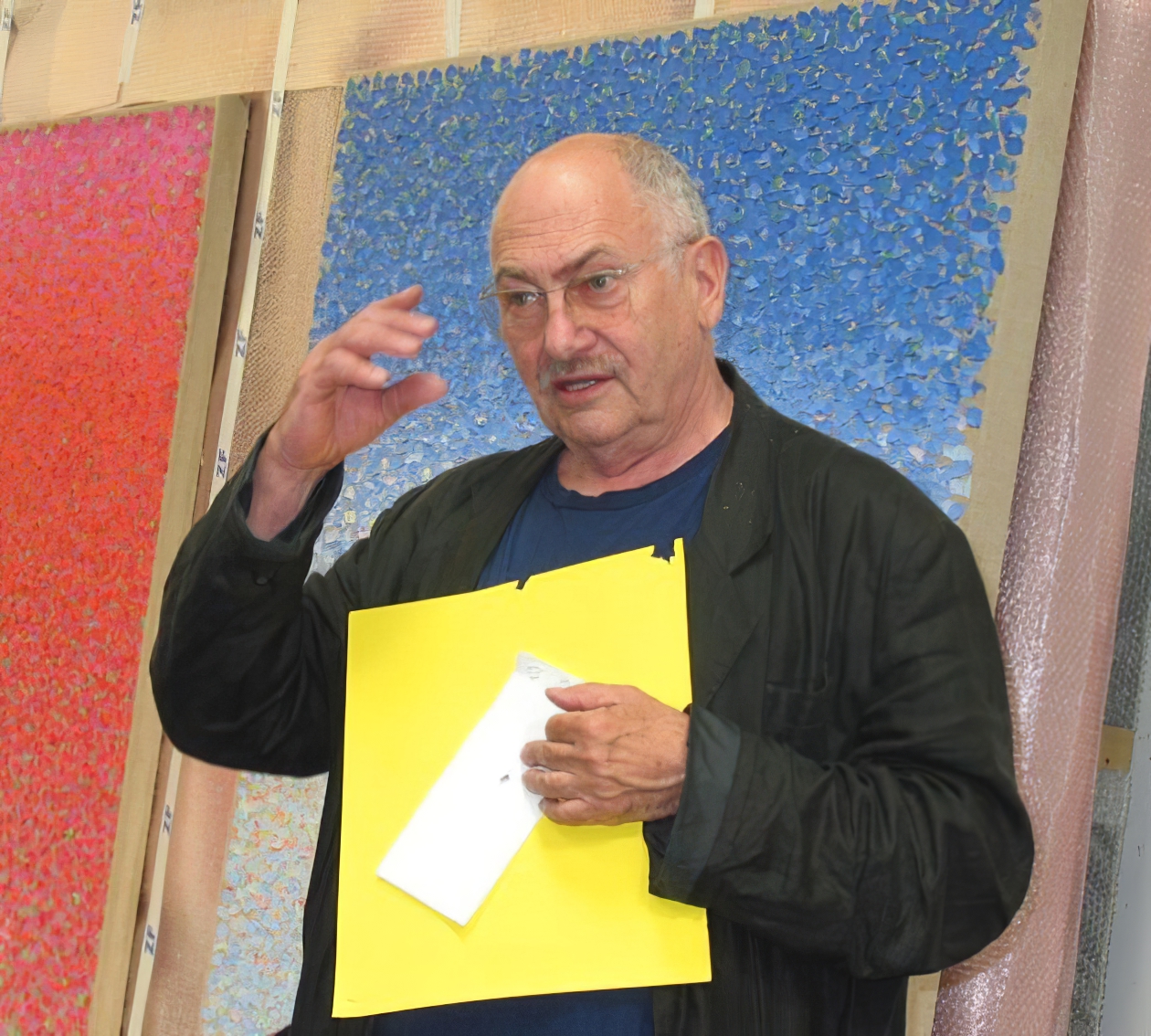
Kuno Gonschior was a German painter.
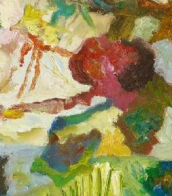
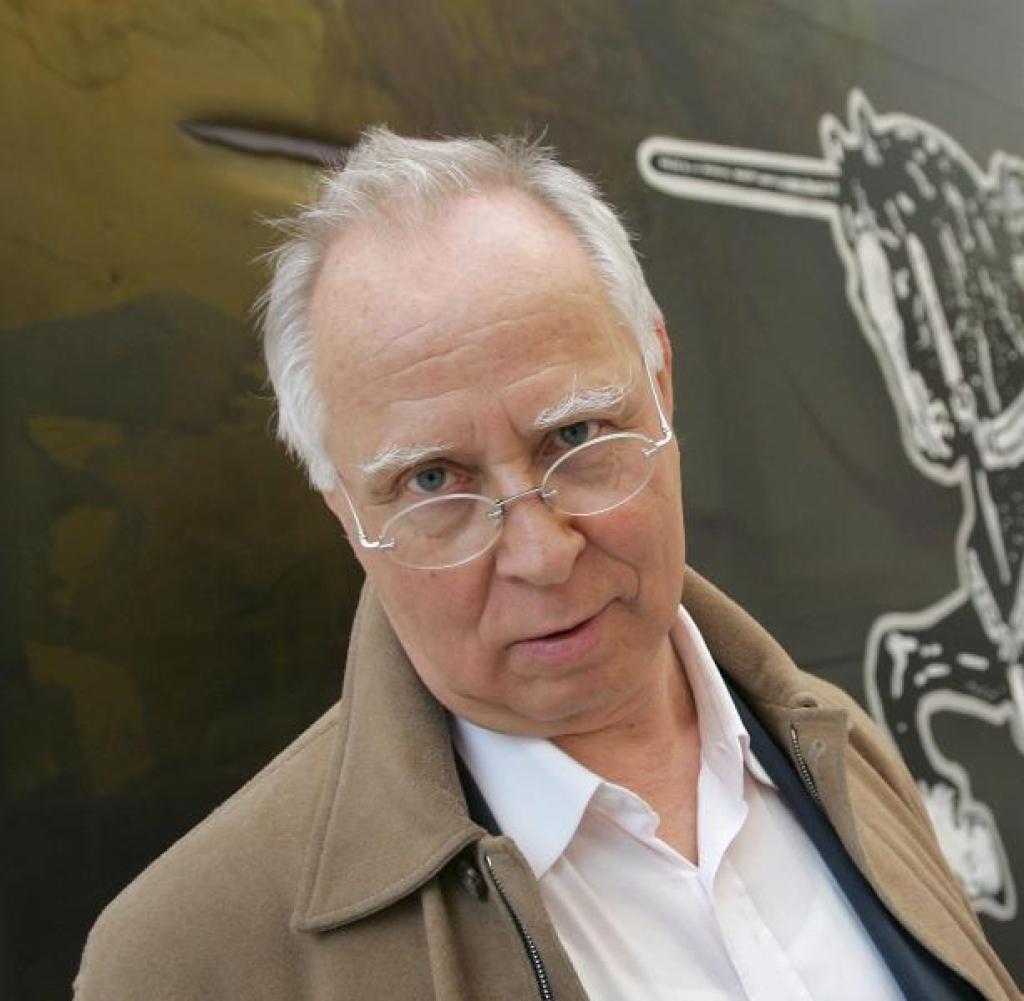
Sigmar Polke was a German painter and photographer.
Polke experimented with a wide range of styles, subject matters and materials. In the 1970s, he concentrated on photography, returning to paint in the 1980s, when he produced abstract works created by chance through chemical reactions between paint and other products. In the last 20 years of his life, he produced paintings focused on historical events and perceptions of them.
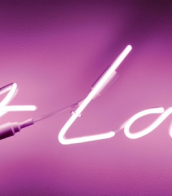
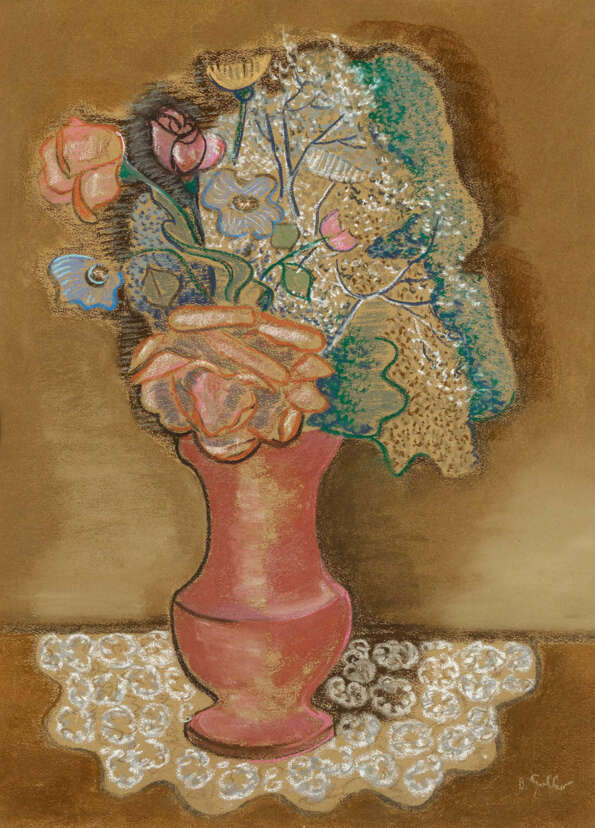
Bruno Goller was a German painter. He received his painting training from the Düsseldorf landscape painter Julius Jungheim. Bruno Goller belonged to the artists' community "Das junge Rheinland", which he joined as early as 1920. In 1928 he participated in the founding of the "Rheinische Sezession".
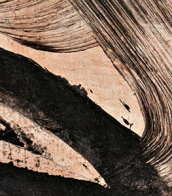
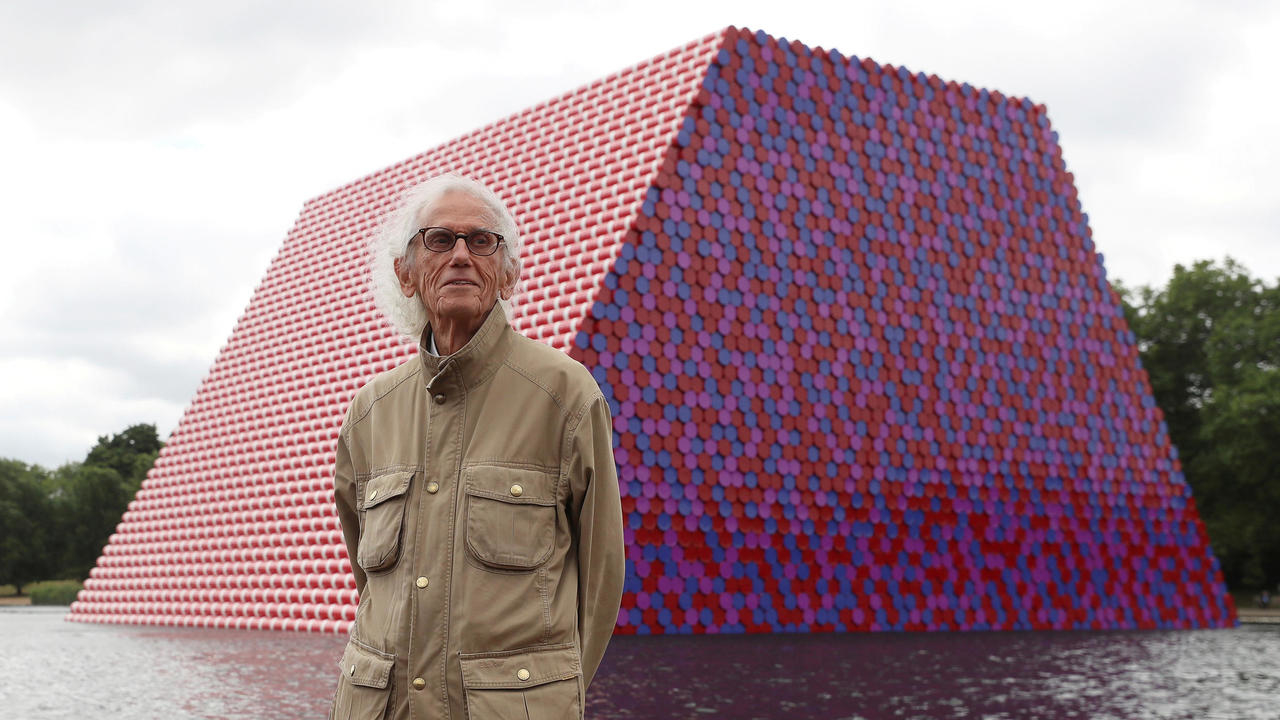
Christo Yavashev is a Bulgarian-born American sculptor and artist who, with his wife Jeanne-Claude de Guillebon, became famous for his work, in which he «packaged» objects ranging from a typewriter and a car to the Reichstag building and an entire seashore.
